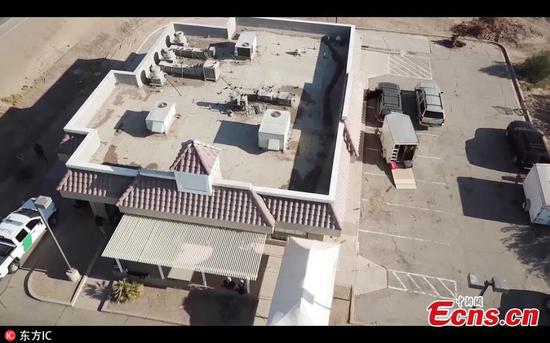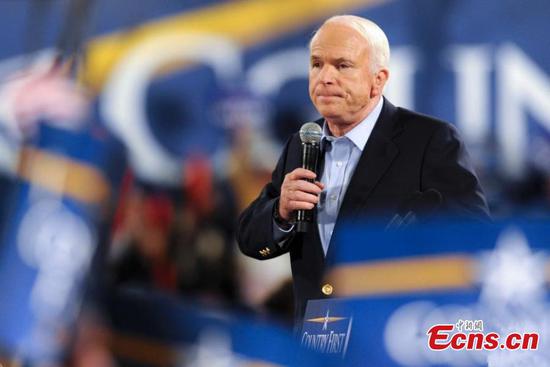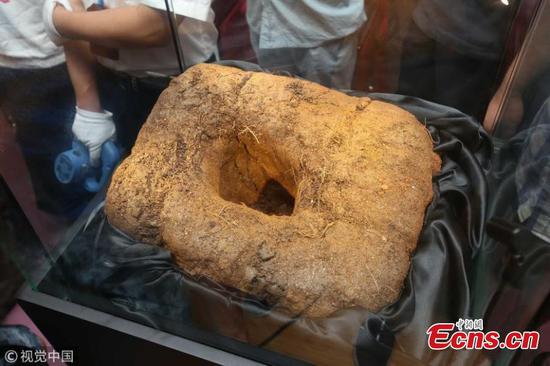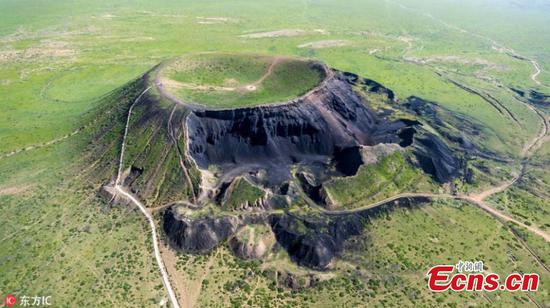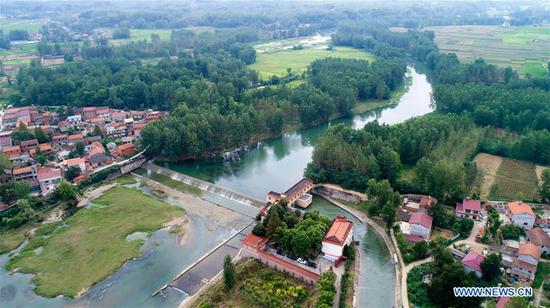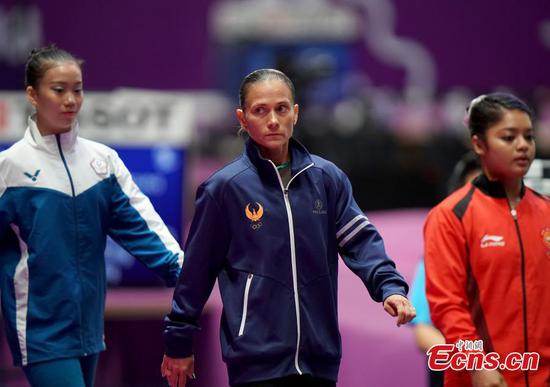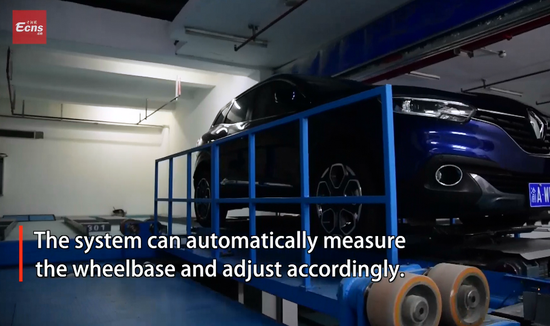China's major industrial firms have continued rapid profit growth in the first seven months of 2018, backed up by the country's solid economic fundamentals and supply-side structural reform, official statistics showed Monday.
Profits in China's major industrial firms grew 17.1 percent in the first seven months, slightly down from the 17.2-percent expansion for the January-June period, according to the National Bureau of Statistics (NBS).
In July alone, combined profits of industrial companies each with annual revenue of more than 20 million yuan (about 2.9 million U.S. dollars) went up 16.2 percent year on year, retreating from the 20-percent gain in June.
The narrowing expansion of factory-gate prices and rising purchasing prices dragged down the profit growth in July, said NBS statistician He Ping.
He gave credit to the country's supply-side structural reforms, which led to falling production costs and lower leverage ratios.
In the first seven months, costs per 100 yuan of revenue dropped 0.38 yuan from the same period last year, according to He.
The debt-asset ratios of major industrial firms dropped 0.5 percentage points year on year to 56.6 percent by the end of July. Among them, the state-owned enterprises saw a decline of 1.3 percentage points year on year to 59.4 percent, the lowest since 2016.
These firms also saw stronger profit earning capabilities and faster inventory turnover of their products.
Among the 41 industries surveyed, 32 posted year-on-year profit growth during the first seven months.
Manufacturing, which accounted for 84.7 percent of the total industrial profits, saw the sector's combined profits expand 14.3 percent. The mining industry surged 53.4 percent, while those of power generation, heating, fuel gas and water supply companies went up 17.8 percent.
The steady industrial profit growth shows that the Chinese economy has a solid foundation to maintain stable and positive trends.
China's economy maintained steady growth in the first half of this year. With a robust growth of 6.8 percent for the Chinese economy in H1, China's GDP growth has stayed within the range of 6.7 to 6.9 percent for 12 straight quarters.
The quality of China's economic growth has improved significantly with strengthened resilience and sustainability, said Zhang Liqun, a researcher with the State Council's Development Research Center, in an article published in the People's Daily.
Meanwhile, industrial firms' lower leverage ratio is evidence of progress in China's deleveraging efforts.
China carried out policy adjustments with stricter enforcement to accomplish the dual task of taming financial risks and promoting the sector to play a more significant role in bolstering the real economy.
China's leverage ratio narrowed by 1.1 percentage points in the first quarter of the year from the same period last year, while enterprises saw their debt gauge 2.4 percentage points lower and governments' down 0.7 percentage points.
Policymakers have vowed to keep the Chinese economy on a stable and healthy development track with proactive fiscal policies and prudent monetary policies in the second half.
Supply-side structural reform should be pushed forward, according to a meeting of the Political Bureau of the Communist Party of China (CPC) Central Committee in early August.
"Efforts should be made to keep employment, the financial sector, foreign trade, foreign and domestic investments and expectations stable," read a statement released after the meeting.












